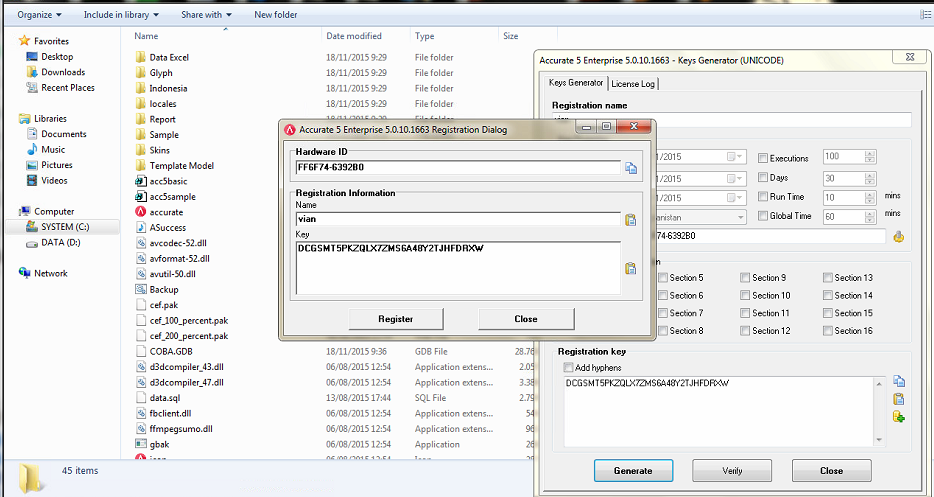
This means that testing periods can last 90–100 days.


Furthermore, crack permeability studies tend to wait for a steady-state flow to be achieved, that is, for the crack flow to equal the outflow. Such glues and coatings can be time-consuming to apply and may require many hours to dry, while their poor application if unnoticed could give rise to misleading results. All these setups seem to use glues and/or rubber coatings to seal specimens for testing.

For example, the feedback-controlled tensile splitting method requires a testing machine, computer, LVDTs, etc., making it demanding and expensive to set up. Moreover, crack permeability studies quite often have demanding setups and long-testing periods. This reinforcement, however, has been shown to affect the resultant crack permeability data severely. Reinforcement can be added to the specimens to prevent this “fragility”. Furthermore, generating crack widths > 0.5 mm can result in the specimens becoming too fragile for permeability testing. It is also difficult with this method to produce single cracks as a result of crack branching. Cracks generated using this technique, like the bending method, have been shown to relax upon unloading, which makes it difficult to control their final width. Linear variable displacement transducers (LVDTs) can then be fitted to specimens in conjunction with a feedback-controlled machine to generate controlled crack width displacements. Tensile cracks are generally generated in cylindrical specimens by applying a diametrical load. Another common method for producing cracks in cementitious specimens is the tensile splitting technique. Though realistic, such cracks have been shown to relax after loading, which makes it difficult to control their final width. A load is applied to the specimens until bending cracks appear. Cracks are generally produced in reinforced prismatic specimens through three-point or four-point bending. A common method for producing cracks in cementitious specimens is the bending method. Given the heterogeneous nature of cementitious materials, such geometries are difficult to create in the laboratory. Reliable crack permeability data presuppose the generation of defined crack width geometries. A test, therefore, for generating rapid, accurate, and reliable crack permeability data would be of great value to the cementitious materials community. The permeability data presented in these studies, though of great value, demonstrate considerable variability, making it difficult to compare the data. Water permeability measurements have long been used for assessing the durability, and more recently for quantifying the healing capacity of cementitious materials. Cracks can allow the ingress of water and waterborne aggressive agents, having consequences for concrete performance and safety.

Reinforced concrete is designed to crack as the embedded steel reinforcement takes over tensile stresses.


 0 kommentar(er)
0 kommentar(er)
